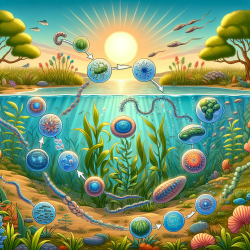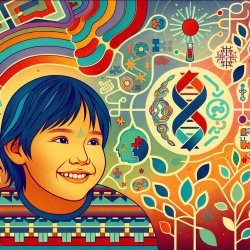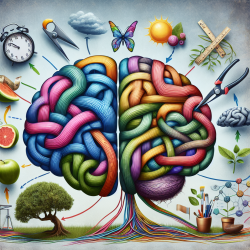The fascinating world of asexual reproduction has long intrigued scientists, particularly the unique category of sperm-dependent asexual species. These organisms challenge traditional views of evolutionary processes by engaging in a form of reproduction that deviates from classical sexual mechanisms. The recent review article titled "Sperm-dependent asexual species and their role in ecology and evolution" by Janko et al. provides an insightful exploration into how these species influence their environments and coexisting sexual species.
The Role of Sperm-Dependent Asexuals in Evolution
Sperm-dependent asexual species reproduce without recombining their genetic material but rely on fertilization to trigger development. This unique reproductive strategy allows them to play significant roles in three major areas:
- Gene Pool Impact: These species can affect the gene pool of coexisting sexual species by limiting population sizes or facilitating interspecific gene flow. This process creates genetic bridges that differ from those seen in traditional sexual reproduction.
- Speciation and Diversification: Sperm-dependent asexuals may influence diversification rates by acting as intermediaries in speciation or by fostering reproductive barriers among emerging species.
- Spatial Distribution: They can alter the spatial distribution of species through competition and Allee effects, which can have lasting impacts on ecosystem dynamics.
Implications for Practitioners
For practitioners in the field of ecology and evolutionary biology, understanding these dynamics is crucial for several reasons:
- Conservation Efforts: Recognizing the role of sperm-dependent asexuals can aid in conservation strategies by highlighting their impact on biodiversity and genetic diversity within ecosystems.
- Research Opportunities: The mechanisms by which these asexual species influence gene flow and speciation present fertile ground for further research. Practitioners are encouraged to explore these areas to enhance our understanding of evolutionary processes.
- Ecosystem Management: Insights into how these organisms affect spatial distribution can inform management practices aimed at maintaining balanced ecosystems.
Future Research Directions
The review by Janko et al. also suggests new research directions to better understand the impacts of sperm-dependent asexuals. These directions include studying their long-term evolutionary effects beyond individual lineages and examining how they challenge the perception of asexual lineages as evolutionary dead ends.
By delving deeper into these areas, researchers can contribute to a more comprehensive understanding of genome evolution and biological interactions. Such knowledge is vital for predicting how ecosystems will respond to environmental changes and for developing strategies to mitigate negative impacts.
To read the original research paper, please follow this link: Sperm-dependent asexual species and their role in ecology and evolution.










